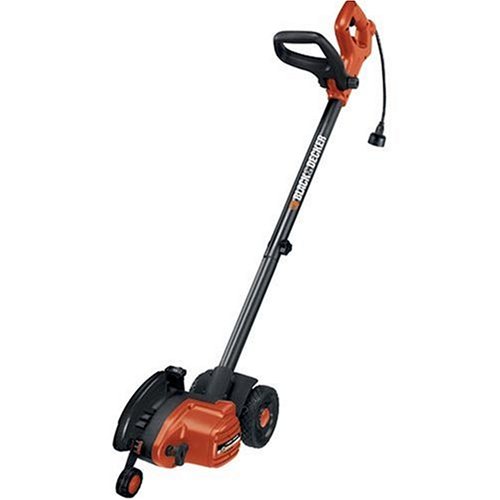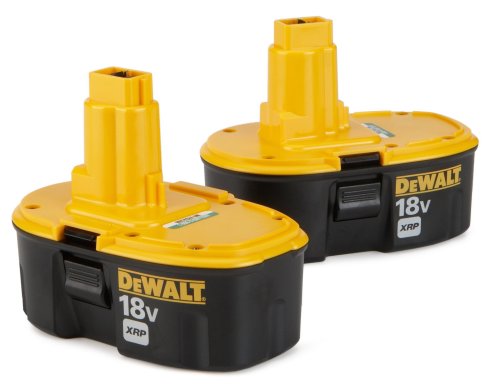Myth: The owner occupant doesn't need to pull permits - permits are only for contractors.
Truth: If you're the owner occupant, you have the...ahem, privilege of pulling a permit without having to be a licensed contractor. It doesn't mean you can skip pulling a permit.
Myth: Kitchen remodels don't need permits because the code specifically says that cabinets, countertops, and floor coverings don't require permits.
Truth: While cabinets, countertops, and flooring don't require permits, just about any plumbing or electrical work does. Most kitchen remodels will include both.
Myth: Decks that are less than thirty inches high don't need a permit.
Truth: A permit is not required if the deck is less than thirty inches high, not attached to the house, AND it's not part of an accessible route. (MN Rules 1300.0120, subp. 4, A (7))
Myth: Building permit fees are just another way for the government to get more taxes.
Truth: Building permit fees are supposed to cover the administrative costs involved with enforcement of the code - these fees should not support other government functions. I'd like to say they don't, but I can't prove that. "Fees established by the municipality must be by legal means and must be fair, reasonable, and proportionate to the actual cost of the service for which the fee is imposed." (MN Rules 1300.0160, subp 2)
Myth: Building officials don't have any liability.
Truth: They're not liable as long as they are "acting for the jurisdiction in good faith and without malice in the discharge of the duties required by the code." (MN Rules 1300.0110, subp. 9) This doesn't mean they're untouchable.
Myth: Carbon monoxide alarms are required just like smoke detectors are.
Truth: The requirement for smoke detectors is a Minnesota Statute ( 299F.362 ), and is enforced by Minnesota Statute 326B.106 (subp. 4 (b)). CO alarms are required by Minnesota Statute ( 299F.51 ), but there is no requirement for the building inspections department to enforce them. Nevertheless, I've heard that most do. One could certainly challenge a building official on this requirement, but why? They're life safety devices.
Myth: Double cylinder (aka - double keyed) deadbolts are not allowed by code.
Truth: They're not allowed on new construction, but they can be used on existing buildings. That means you can legally install a double cylinder deadbolt lock on your home after you have your certificate of occupancy. "No provision of the code or appendix chapter of the code may prohibit double cylinder dead bolt locks in existing single-family homes, townhouses, and first floor duplexes used exclusively as a residential dwelling." (MN Statute 326B.106 (g)). Keyword - existing.
Myth: That room in the basement with a low ceiling can be finished off and made in to a bedroom.
Truth: The Minnesota State Building Code defines that room as a crawl space. "CRAWL SPACE. Areas or rooms with less than 7 feet ceiling height measured to the finished floor or grade below." (MN Rules 1309.0202 )

































